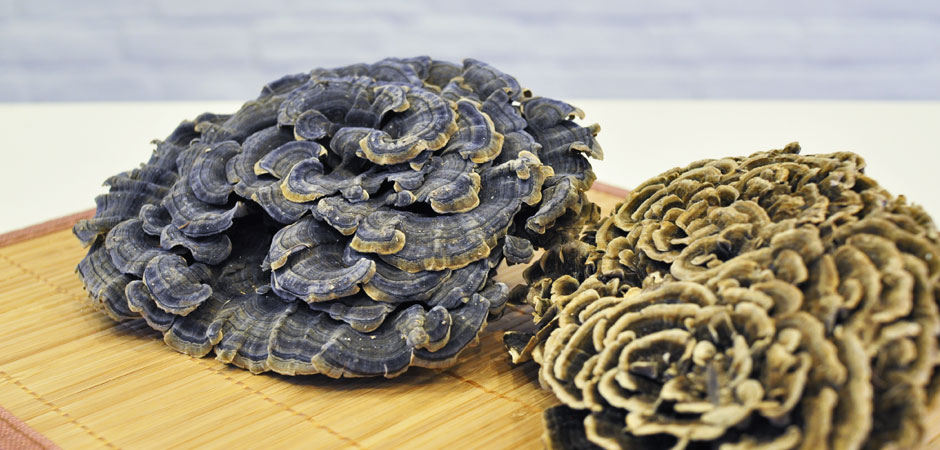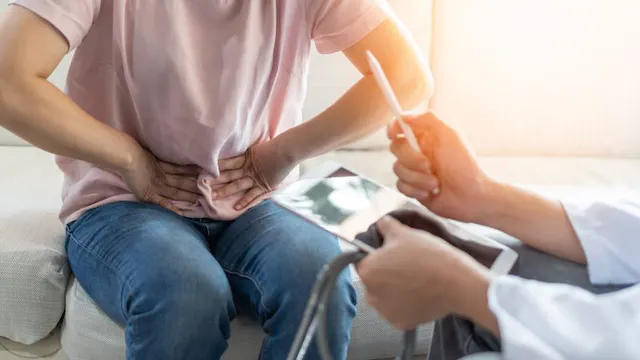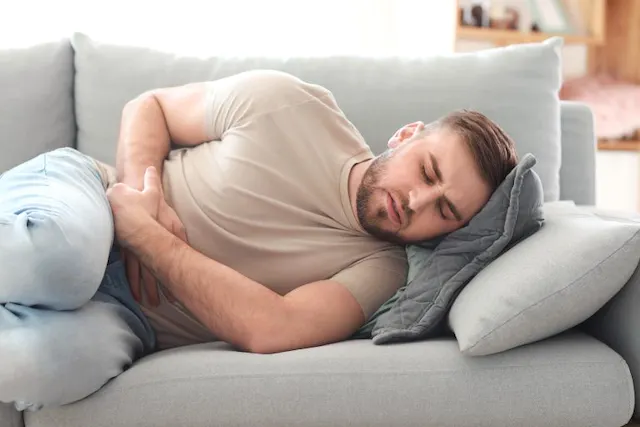Gallstone Symptoms
Tips For How To Spot Gallstone Symptoms And What To Do About Them
Posted on 7 Nov 2022
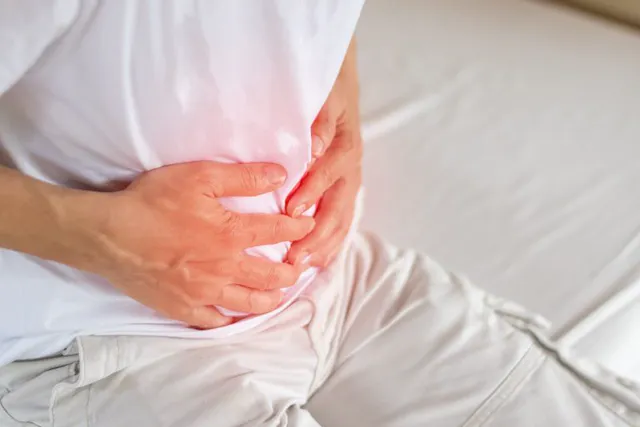
Gallstone symptoms may present themselves in the form of pain located near your lower abdominal area. But as you can imagine, it’s not always easy to pinpoint what’s causing pain in this area of your body.
Gallstones are caused by pebble-like objects that form in your gallbladder or bile ducts. These objects can vary in size, which means that your pain and symptoms may also vary, depending on how big they are.
In this guide, our experts weigh in on how to spot gallbladder symptoms and how to best manage them at home.
What Causes Gallstone Symptoms?
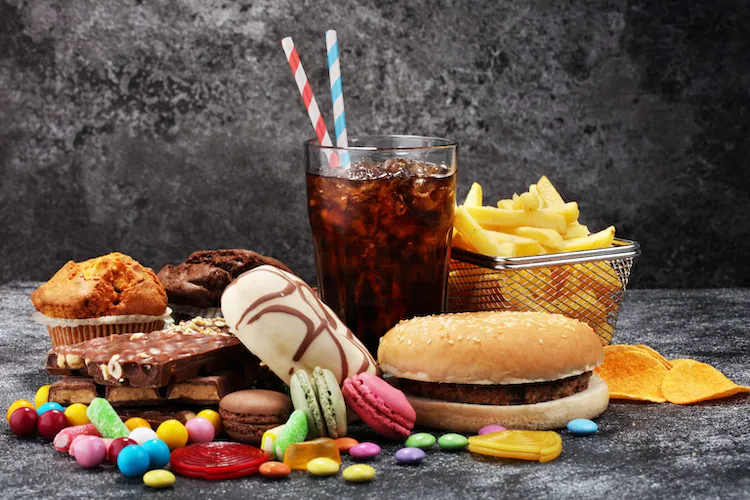 Eating foods that are high in fat and sugar may increase the risk of gallstone symptoms.
Eating foods that are high in fat and sugar may increase the risk of gallstone symptoms. The most notable symptoms of gallstones relate to pain. These include episodes of pain in the chest, right shoulder, upper-middle, or, most commonly, the upper-right abdomen. You may also experience yellowing of the skin or eyes, nausea, and vomiting.
Gallstone symptoms, according to Western medicine
There are several reasons why gallstones can develop. Generally, they form when there’s a critical cholesterol or bilirubin concentration in the bile.
In addition, the problem may happen when your gallbladder doesn’t completely empty itself of bile. Likewise, you will potentially develop gallstones if you have liver disease or blood disorders, diabetes, taking medications that contain estrogen (oral contraceptives), are pregnant, or are going through rapid weight loss.
Gallstone symptoms, according to TCM
In Traditional Chinese Medicine (TCM), the connection between the Liver and Gallbladder is central to gallstone formation. The Liver secretes bile juice and stores it in the Gallbladder, enabling optimal digestion of cholesterols and fats in the small intestines. Conversely, an abnormal Liver function will impair the secretion of bile juice.
Anger and stress can stagnate Liver qi (vital energy) and trigger Liver dispersion failure. These emotions disrupt bile juice secretion and induce Stagnation in the Gallbladder and Bile Duct.
Separately, the excessive consumption of unhealthy foods – oily, fried, sugared, or high-calorie foods – will produce Heat and Dampness in the body. Too much Damp-Heat in the body can also affect the Gallbladder secretion process. It also stimulates an abnormal condensing and thickening of the bile juice. Consequently, this will lead to the formation of gallstones in the Bladder.
How To Get Rid Of Gallstone Symptoms
Clinical physicians often recommend surgical removal of the gallbladder (a cholecystectomy) as a means of treating gallstones. In 90% of cases involving surgery, a minimally-invasive version of the procedure — a laparoscopy — will be used as it’s less painful and promotes faster recovery.
Meanwhile, gallstones in the bile duct can be removed through a procedure known as Endoscopic Retrograde Cholangiopancreatography (ERCP). You may opt to ingest medications to dissolve these objects. However, it can take months or even years before they clear off. Alternatively, the use of herbs can help to expel them.
Herbal remedies
Making the choice to use medications is suitable for people who have an existing medical condition or want to retain their Gallbladder. You can also support the removal of gallstones by using ingredients like Artemisia capillaris (Yin Chen Hao), Curcumae radix (Yu Jin), Lysimachiae herba (Jin Qian Cao), and Rose banksiae (Mu Xiang).
“Artemisia capillaris (Yin Chen Hao) is beneficial for relieving jaundice and clearing Damp-Heat from the Liver and Gallbladder. Curcumae radix (Yu Jin) also helps treat jaundice by regulating the Gallbladder and relieving Stagnation in the Liver. It’s also useful for resolving Stasis and improving qi flow.
Lysimachiae herba (Jin Qian Cao) is helpful in clearing Stasis, enhancing Blood Circulation, and easing the pain and swelling associated with gallstones. Rose banksiae (Mu Xiang), on the other hand, can aid food digestion and tonify the Spleen,” advises Real Health Medical physician Chu I Ta. It’s worth noting that these ingredients will only help with smaller-sized gallstones.
To prevent gallstone symptoms from occurring in the future, you can take a Wild Yunzhi supplement to support Liver health and alleviate Liver Stagnation. This helps promote bile flow to reduce the risk of stones forming.
Acupuncture
Acupuncture can be used to lighten the burden on the gallbladder by normalizing Liver qi and alleviating Damp-Heat in the Gallbladder. Self-stimulation of several acupressure points can also achieve a similar effect.
Examples of these are Dan Shu (BL19), Dan Nang (EX-LE6), Zhong Du (GB32), and Ri Yue (GB24).
Lifestyle changes
Switching up your daily habits can make you less susceptible to gallstones. “Control your intake of high-cholesterol foods like animal organs and egg yolk to reduce cholesterol metabolism disorders. Avoid spicy and grilled or fried meat. Consume steamed, stewed, or cold foods with a dressing. Also, limit your consumption of foods that bloat, such as leeks, onions, radishes, and sweet potatoes,” adds physician Chu.
Instead, replace these with fruits and vegetables rich in vitamins A and K to ensure an adequate fiber intake. It reduces your chances of developing gallstones by preventing a re-absorption of bile acid.
Ultimately, minimizing your risk is better than having to treat gallstone symptoms. Adhere to a routine that involves regular exercise, consistent mealtimes, and a healthy diet. If you are diagnosed with gallstones, know that various treatment options are available. You can also use herbal ingredients but check with a TCM practitioner to determine their safety.
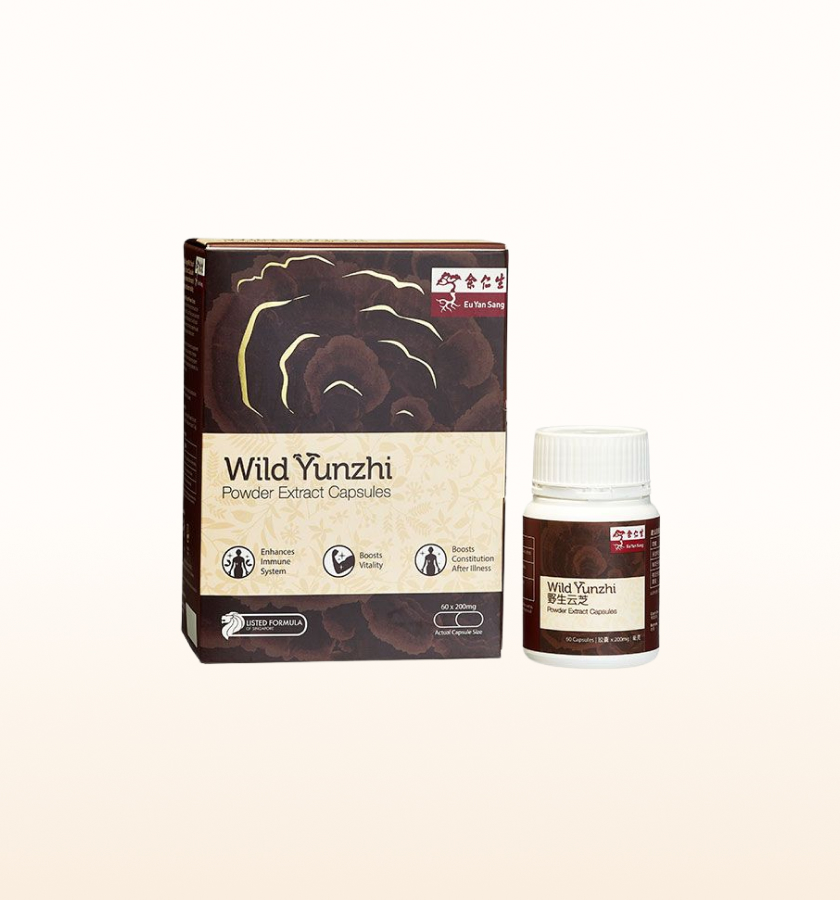
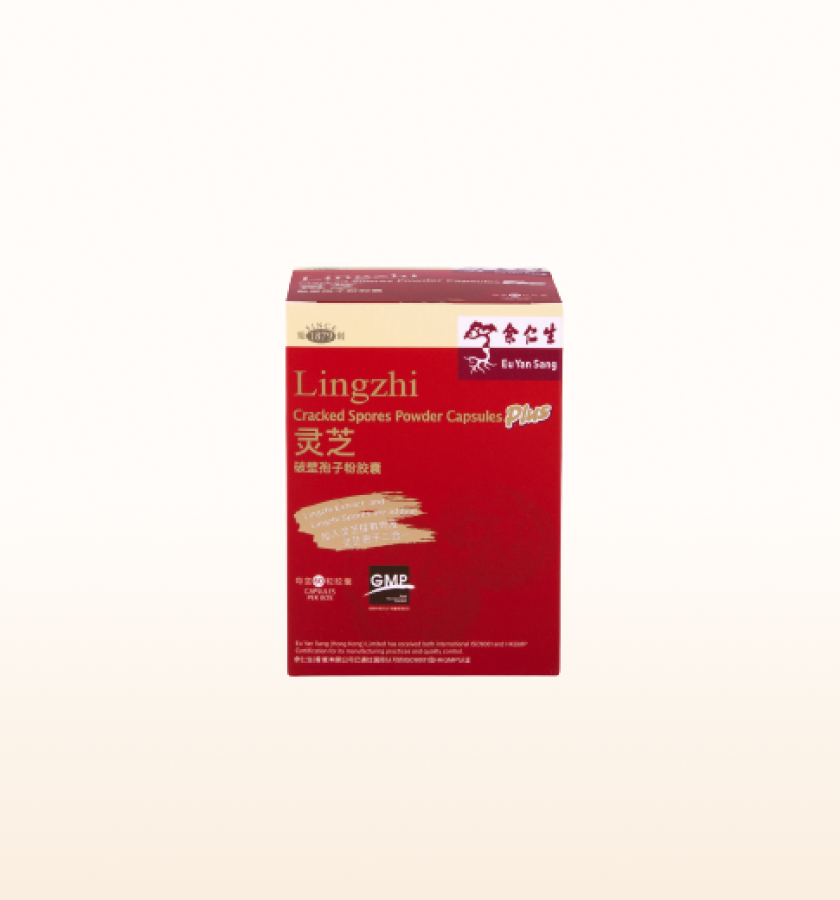
.png)
